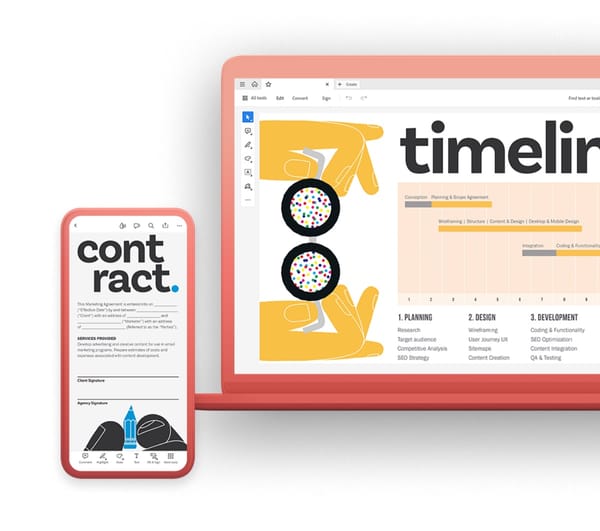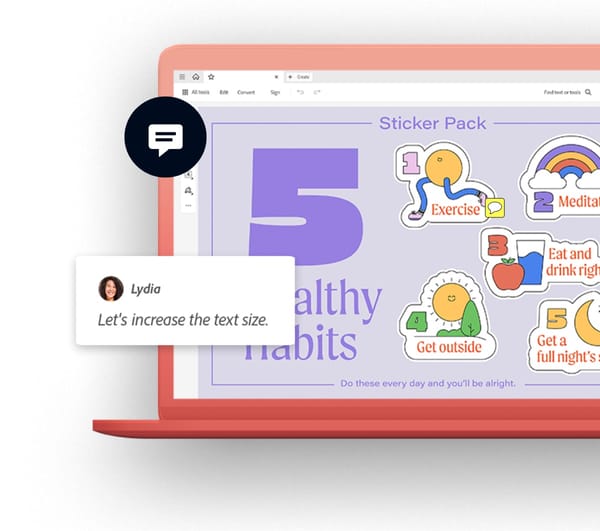Adobe Audition for Music Production: A Symphony of Strengths and Limitations
In the vast realm of music production software, Adobe Audition stands out as a versatile audio editing powerhouse. But with its robust features and subscription model, the question arises: is Audition truly "good" for music production, or is it simply a jack-of-all-trades, master of none? Let's delve into the musical strengths and limitations of Audition to help you decide if it harmonizes with your creative needs.
Melodies and Rhythms on Point
- Multitrack Recording: Capture your musical tapestry layer by layer, recording instruments, vocals, and samples on separate tracks for meticulous mixing and manipulation.
- MIDI Editing: Compose and edit MIDI-based instruments, building electronic music masterpieces or crafting orchestral arrangements.
- Looping and Sample Manipulation: Slice, stretch, and contort audio samples to create unique beats, textures, and rhythmic foundations for your music.
- Built-in Effects and Plugins: Explore a range of essential effects like EQ, compression, and distortion to shape your sounds, with additional VST plugin support for even more sonic possibilities.
- Non-Destructive Editing: Experiment freely without permanently altering your audio, fostering creative exploration and fearless experimentation.
Where the Harmony Falters
- Limited Instrument Library: Compared to dedicated DAWs, Audition's built-in instruments are modest, requiring reliance on external VST plugins to access a wider sonic palette.
- Simpler MIDI Editing: While adequate for basic MIDI sequencing, the workflow might feel less intuitive and feature-rich for complex orchestral arrangements or intricate electronic music production.
- Learning Curve: Mastering Audition's extensive features can be time-consuming, especially for those new to music production software.
- Subscription Model: Access requires an Adobe Creative Cloud subscription, which may not be budget-friendly for casual music creators.
Who Should Consider Audition for Music Making?
- Experimenters and Multi-Media Creators: If you dabble in various audio projects, from podcasts to short music pieces, Audition's versatility shines.
- Beatmakers and Sample-Based Music Creators: Audition's looping and sample manipulation tools excel in crafting unique beats and textures, making it a valuable asset for your sonic arsenal.
- Video Creators Needing Music Integration: The seamless integration with other Adobe apps makes Audition ideal for scoring videos or adding sound effects, creating a cohesive multimedia experience.
- Budget-Conscious Creators with Existing Subscriptions: If you already have a Creative Cloud subscription and prioritize basic music creation capabilities, Audition can be a valuable addition to your creative toolkit.
Alternatives to Consider
- FL Studio: Powerful for beat-making and electronic music production, with a vast instrument library and intuitive interface.
- Ableton Live: Loop-based workflow caters to live performances and improvisation, offering unique sound design capabilities.
- Logic Pro: Mac-exclusive DAW with extensive music production features, a user-friendly interface, and a large sound library.
- Reaper: Affordable option with a customizable interface and extensive plugin support, catering to various music production styles.
The Final Score: A Versatile Tool, But Not a Universal Melody
While Adobe Audition boasts impressive audio editing capabilities and dabbles in music production, it's not a dedicated DAW and might not be the ideal choice for every musician. Weigh your needs, budget, and learning style carefully before diving in.
If you're a seasoned musician seeking advanced MIDI workflows and expansive instrument libraries, dedicated DAWs might be a better fit. However, for experimenters, multi-media creators, or those already invested in the Adobe ecosystem, Audition's versatility and integration can be a valuable asset in your creative journey. Remember, the best music production software is the one that inspires you to create and empowers your musical vision. So, explore your options, experiment with different tools, and find the one that makes your music sing!


